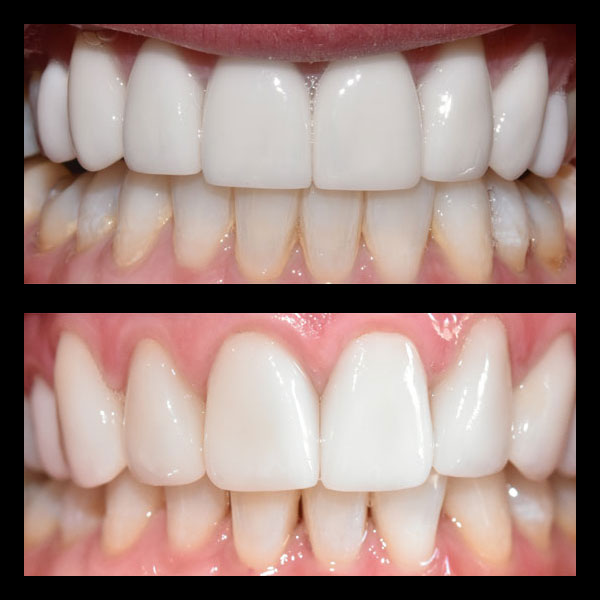Mercury fillings are commonly referred to as metal, silver or amalgam fillings.
Concern over mercury fillings has grown. Patients today want to know the cost of mercury filling removal. We remove mercury fillings nearly every day at Incredible Smiles.
With this guide, our aim is to help you understand some basics about amalgam fillings, the cost of mercury filling removal and the main steps involved in the safe amalgam removal procedure.

What is the fee for Removal of Mercury?
A comprehensive exam before starting any dental treatment is your first step. This initial exam typically includes x-rays, photos and digital scans of your teeth, and a dental and medical history.
The exam helps to determine things such as:
- The number of metal fillings you need to have removed
- The size of your metal fillings
- The location of your metal fillings
- The condition of your metal fillings
These factors determine the cost of the mercury filling removal. Small filling removal can start at approximately $250 per tooth. Depending on the size, location and the condition of your metal fillings, fees will increase.
When a Mercury Filling Removal can become more than just a new white filling…
If your mercury fillings are in good shape and small in size, plan to replace them with a composite filling material.
If however the metal filling is leaking, has affected the health of the tooth, or if there is some decay in or around the filling, fees will increase. There are times when replacing your fillings will require placing porcelain on your tooth because there would not be enough tooth structure to support a filling.
When estimating the fee of a safe amalgam removal procedure, you also need to take into account other factors:
- Is the silver filling so big that you need a porcelain restoration for your tooth?
- If so, what kind of restoration do you need? We can help you determine this.
- Might you need a root canal first if the bacteria in the decay has infected the tooth?
The Potential Risks of Mercury …
Mercury is considered toxic to our health. Although research studies have shown that mercury levels from amalgam fillings are not the direct cause of illnesses, concerns have grown over time. In 1991 the American Dental Association carried out a survey to evaluate people’s concern about having mercury exposure.
Today, if you asked anyone whether they would prefer to have their mercury fillings removed, most would say, “Yes.”
And this desire for removing amalgam fillings grows when we read that the number of silver fillings in our mouth is directly linked to mercury levels in our body.
Research studies have also shown that mercury levels in our blood and urine decrease after mercury filling removal.
Basic Facts about Mercury . . .
Mercury is a chemical element present in water sources, in the air and in many of the foods we eat (especially seafood). It is the long-term contact with mercury that makes it dangerous. Too much contact with this metal may be harmful to your health and lead to symptoms such as:
- Psychological problems: irritability, insomnia, ataxia, loss of memory.
- Gastrointestinal problems: diarrhea, colitis.
- Cardio problems: high/low blood pressure, tachycardia, pains in chest, irregular pulse.
- Neurological problems: regular headaches, dizziness, movement disorders.
- Respiratory problems: shallow breathing, bronchitis, asthma.
- Weakened immune system, leading to developing auto-immune conditions.
Amalgam fillings (a mixture of copper, silver, tin and about 50% mercury) have been widely used in the past. They are generally associated with a lower cost. However, with advances in technology and materials, today the tendency to avoid metal fillings has grown (it is now also avoided in pregnant women and children under 6).
For a biological dentist, for example, it is much more convenient to work with more natural and aesthetic materials, such as tooth-colored composite resin. These holistic doctors prefer to work with non-toxic and more biocompatible materials.
Benefits of mercury removal . . .
Removing metal fillings will:
- Avoid exposure and contact with mercury. Over time mercury vapors are released anytime we chew.
- People feel at ease when they know their mouths are free of toxic elements.
- Replacing silver fillings with natural looking composite fillings creates an aesthetics outcome.
- Patients like the appearance of white fillings and avoiding the metal look or grey appearance that some teeth have from the metal.
- Some people have experienced reduced symptoms related to mercury poisoning.
- Replacing metal fillings will decrease the chances for more expensive dentistry. Just like mercury in a thermometer – the metal will expand and contract. We do expose our mouths to extremes in temperature so no wonder teeth with mercury fillings commonly crack over time.
The Safe Removal of Mercury Fillings
We have your safety and our own in mind when we remove mercury fillings.
SAFETY GLASSES
Safety glasses are placed over your eyes to protect them.
RUBBER DAM
A rubber dam will be placed over your tooth. This dam helps keep the mercury from being swallowed.
COLD WATER
Cold water will be sprayed on the filling as it is being removed to keep the tooth cool.
HIGH SPEED SUCTION DEVICE
A high volume suction device will be used. This suction pulls all particles away from the tooth as the filling is being drilled out.
MAGNIFICATION AND HIGH POWERED LIGHT
Problems areas in the gums are more visible under magnification than with the naked eye.
INDUSTRIAL AIR CLEANING SYSTEM
The treatment room has a powerful industrial air cleaning system to reduce mercury vapors. The IQ Air VOC Emissions and Infection Control Air Purifiers are highly specialized air cleaning systems that are designed to control Volatile Organic Compounds (VOCs) and microbiological contaminants and odors. It removes airborne particles from less than 0.01 micron to over 250 micron in diameter. Bacteria, spores, viruses, pollens, dust, smoke, hydrocarbons and mercury vapor are filtered by the IQ Air System.








